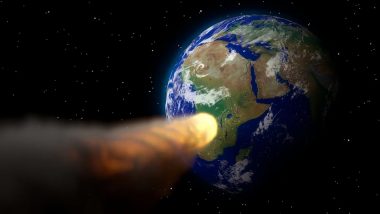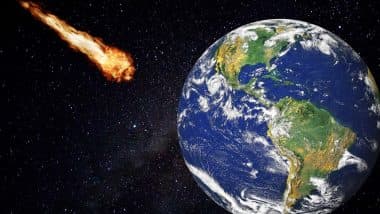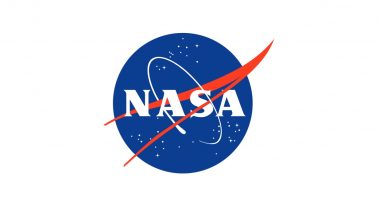NASA’s Jet Propulsion Laboratory (JPL) has issued an alert as two giant asteroids approach the Earth on October 3. The Asteroid 2024 SD3 and Asteroid 2024 SR4 are set to flyby Earth which may seem to be alarming. But should you be worried? These near approaches present valuable opportunities for research into space objects that have existed since the solar system’s formation. NASA has reported that Earth gets over 100 tonnes of dust and sand-sized particles from outer space every day. About once a year, an asteroid of around 4 metres, which is roughly the size of a car enters the Earth’s atmosphere. In this article, we’ll learn about the Asteroid 2024 SD3 and Asteroid 2024 SR4 and the tracking and monitoring of the space rocks.
Asteroid 2024 SD3
Asteroid 2024 SD3, which has a diameter of 21 metres (68 feet) and is comparable to an airplane, is classified as ‘potential hazardous’ due to its size and speed. It will pass at a distance of 1,490,000 kilometres, which is far beyond the Moon’s orbit. Despite its size, the asteroid poses no threat but provides an excellent opportunity for scientific observation. The Asteroid 2024 SD3 will pass the Earth on October 3. Earth’s Mini Moon: From Science Behind Home Planet’s Second Moon to Asteroid 2024 PT5’s Mahabharata Connection, 5 Things You Must Know.
Asteroid 2024 SR4
Asteroid 2024 SR4 is slightly smaller with 16 metres (51 feet) in diametre, but it will pass closer to the Earth than 2024 SD3. The asteroid will pass the Earth at a distance of 2,680,000 kilometres. The size of the asteroid is compared to a house and does not pose any danger. Its approach still offers an exciting opportunity for astronomers to observe and study its characteristics.
Tracking and Monitoring
Asteroids 2024 SD3 and 2024 SR4 are part of the near-Earth objects (NEOs) that NASA carefully tracks to ensure they do not pose a threat to our planet. Despite their significant size and velocity, these asteroids will pass safely by Earth without causing any harm. NASA's advanced monitoring systems provide precise data on their orbits, allowing scientists to accurately predict their paths and monitor any potential future close encounters.
The flybys of 2024 SD3 and 2024 SR4 remind us of how vast and unpredictable our universe can be. While these asteroids will not pose any threat to the Earth, the ongoing vigilance of organizations like NASA ensures that any potential risks are closely monitored.
(The above story first appeared on LatestLY on Oct 03, 2024 03:44 PM IST. For more news and updates on politics, world, sports, entertainment and lifestyle, log on to our website latestly.com).













 Quickly
Quickly




















